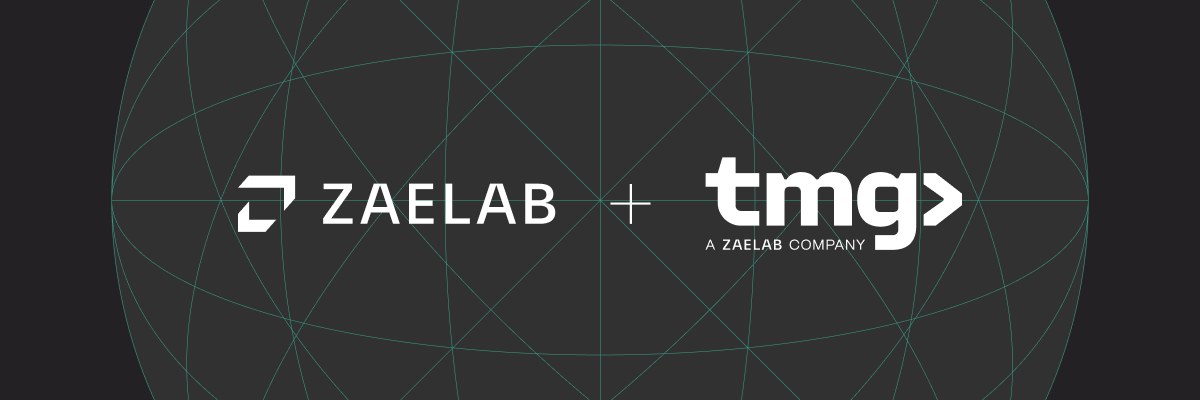As artificial intelligence (AI) continues to evolve, two prominent paradigms have emerged: Agentic AI and Generative AI. While both fall under the AI umbrella, they serve distinct purposes and offer unique capabilities. Understanding these differences is crucial for modern B2B organizations aiming to leverage AI effectively in strategic and operational capacities.
Defining Agentic and Generative AI
Agentic AI refers to systems designed to operate autonomously, making decisions and executing actions to achieve specific goals without continuous human intervention. These systems are defined by their ability to perceive their environment, reason through complex scenarios, and adapt based on feedback. In B2B contexts, this level of autonomy can significantly streamline processes, reduce human error, and enhance decision-making efficiency at scale.
On the other hand, Generative AI encompasses systems that specialize in creating new content, such as text, images, code, and more, based on learned data patterns. These models are adept at producing human-like outputs in response to prompts, making them powerful tools for marketing, sales enablement, and client communication. While they may not make independent decisions, they provide the creative and content generation capabilities that many B2B organizations rely on to drive engagement and personalization.
Agentic AI in the B2B Landscape
The autonomous nature of Agentic AI makes it ideal for complex, multi-step operations across enterprise-level business functions. For instance, in procurement and supply chain management, Agentic systems can dynamically adjust orders based on fluctuations in inventory, vendor performance, and external market trends. These capabilities help businesses maintain continuity, reduce overhead, and respond to disruptions in real-time.
Another growing application is in customer service automation. Agentic AI systems can not only triage support tickets but also take end-to-end action, resolving issues, escalating critical problems, and learning from past interactions to optimize future responses. This goes beyond traditional chatbots by introducing self-correcting, decision-making systems that require minimal human oversight.
In finance and operations, Agentic AI models can monitor cash flow, allocate resources, and trigger alerts or corrective actions based on pre-set thresholds. These applications offer tangible benefits, including reduced response times, lower operational costs, and significantly increased accuracy compared to manual methods.
Generative AI in B2B
Generative AI, while not autonomous, is exceptionally valuable in any domain where large-scale content creation and communication are a business imperative. In B2B marketing, for example, Generative AI tools can be used to create tailored campaigns across customer segments, generate product descriptions, and localize messaging for different markets—all while maintaining brand voice and consistency.
Sales teams benefit from Generative AI’s ability to prepare outreach materials, proposals, and even automate responses to common client inquiries. This accelerates the sales cycle, allowing human teams to focus more on building relationships and closing deals. Additionally, customer success teams leverage these tools to generate training content, FAQs, onboarding documentation, and personalized check-ins that feel highly human and relevant.
Another key area is data augmentation. Generative AI can simulate various business scenarios, create synthetic data for testing new models, or generate mock content for prototypes. This accelerates product development cycles and reduces the time to validate new features or campaigns.
Which is Better for B2B?
It’s not a matter of one being better than the other—it’s about selecting the right tool for the job. Agentic AI excels in automating complex workflows, enforcing business logic, and driving high-stakes decision-making without constant human intervention. It’s ideal for departments like operations, logistics, customer service, and finance where efficiency, precision, and scalability are paramount.
Generative AI, meanwhile, adds immense value in areas where content, communication, and personalization are central. It supports marketing, sales, and product teams in creating rich, relevant experiences for prospects and customers. As buying cycles become more content-driven and engagement-focused, Generative AI becomes an essential tool for customer-facing B2B functions.
Forward-thinking B2B enterprises are beginning to explore hybrid strategies—utilizing Agentic AI to manage complex internal systems and Generative AI to enhance external touchpoints. A practical example would be an Agentic AI engine handling order management and logistics. At the same time, a Generative AI system powers the creation of real-time order summaries, emails, and client dashboards.
Shaping the Future of Work with AI
As AI capabilities become more embedded into enterprise workflows, it’s natural for professionals to wonder about the long-term implications for their roles. Rather than displacing talent, both Agentic and Generative AI are increasingly acting as extensions of human potential, eliminating repetitive tasks and freeing teams to focus on creative, strategic, and high-impact initiatives. Companies that foster a culture of adaptability and invest in internal AI fluency will be better equipped to navigate these shifts, empowering their workforce rather than replacing it.
How TMG Helps Navigate This Landscape
At TMG, now a Zaelab company, we understand the nuanced demands of B2B enterprises seeking to implement AI not just as a tool, but as a strategic advantage. We work closely with organizations to integrate Agentic and Generative AI in ways that are practical, scalable, and aligned with long-term business outcomes. From mapping automation opportunities to enhancing customer engagement with personalized AI-generated experiences, our solutions are tailored to deliver measurable value without disrupting existing workflows. With a proven track record of helping enterprises modernize at scale, TMG brings the clarity, expertise, and partnership needed to realize AI’s full potential in your business.
Conclusion
Agentic and Generative AI offer different but highly complementary strengths. B2B companies seeking efficiency and scale should adopt Agentic AI for automating decisions and executing operations. Meanwhile, teams focused on engagement, storytelling, and personalization will benefit from the creative power of Generative AI. The key is knowing where each fits in your ecosystem—and how to integrate them to create a high-performing, future-ready organization. With TMG as a partner, that future becomes both attainable and sustainable.



